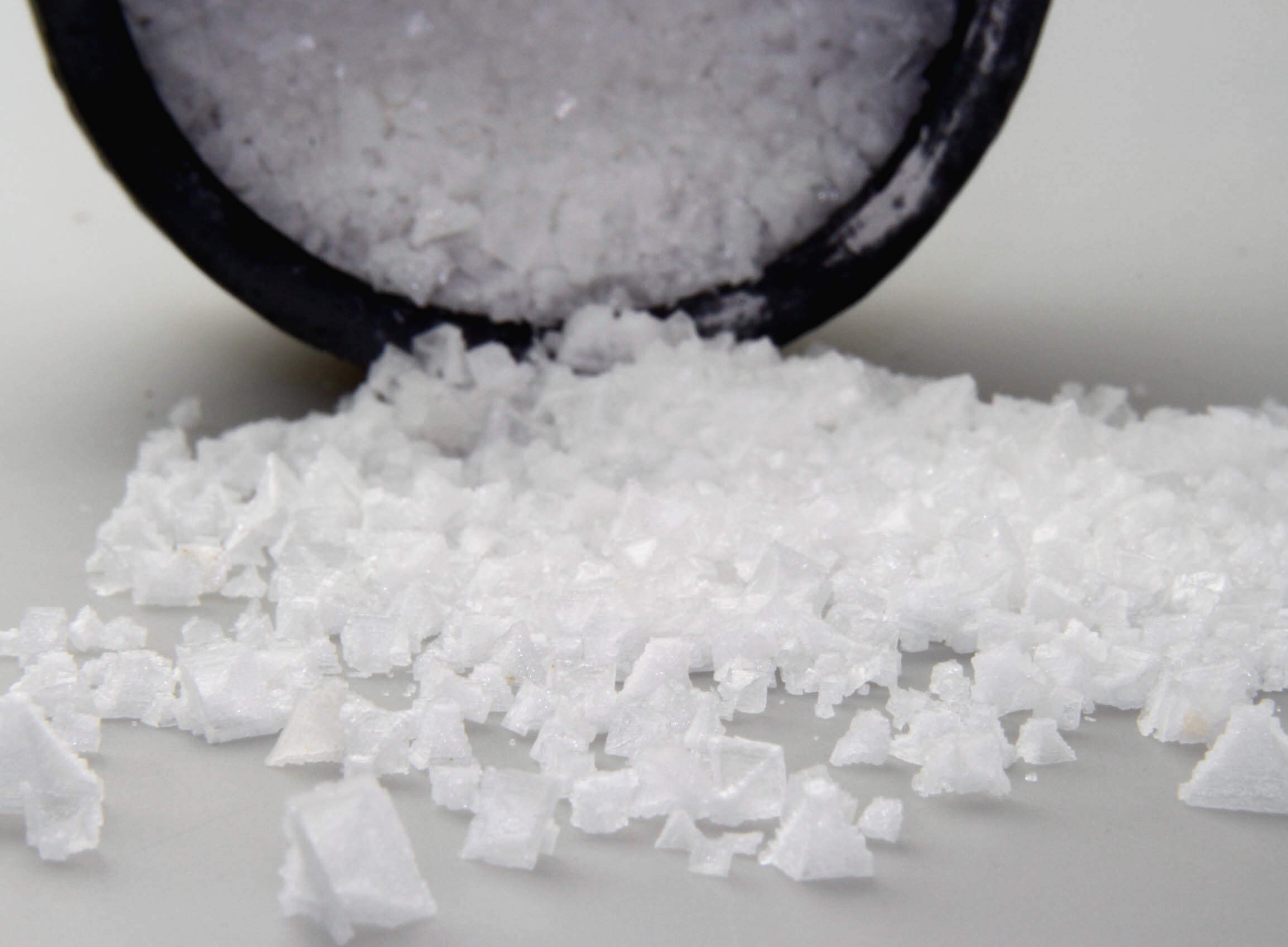Botanical family: origin: Classification: spice shape: flavor: use: Tip: knowledge: Home & Distribution: cultivation & extraction: History: Pyramids flake salt
General information
Use
Things to know
 Botanical name:
Botanical name:
Fleur de Sel (sea salt)
sea salt
India
salt
Mineral
tender-mild salty
When seasoning with salt you have to be very careful, the dish will quickly become salty. It is important to know that the cooking temperature of water is increased by salt, which removes the liquid from meat and some vegetables. Another characteristic of salt is its preservative property. It dissolves completely in liquid and gains in concentration as soon as this liquid has evaporated. This is also how the principle of sea salt production works. This also explains why if you season a dish with salt too early, you can quickly spoil it. Nevertheless, salt is one of the oldest remedies of mankind. Its health-promoting properties are extremely diverse. Salt not only regulates our fluid balance, but also the hormone balance and the internal organs. The human body consists of 75 percent salty liquid, so salt is indispensable for maintaining our vital functions.
Crumble finely between the fingers
The crystallization, which begins through sun drying, fuses the individual crystals formed on the water surface into small pyramids.
The history of salt begins in the Neolithic Age. Man went in search of salt.
Salt is found in salty soils, in the sea and in salt domes. After the Neolithic Age, salt was already mined from salt pieces and skimmed from the sea, as it is done today.
The first indirect encounter with salt was when people still lived on the flesh of wild animals. The mineral salts, which the human organism needs to survive, were contained in the meat of slaughtered animals. It was only when humans discovered their interest in cereals as food that they needed salt, as field crops do not contain enough mineral salts.
http://de.wikipedia.org/wiki/Meersalz






